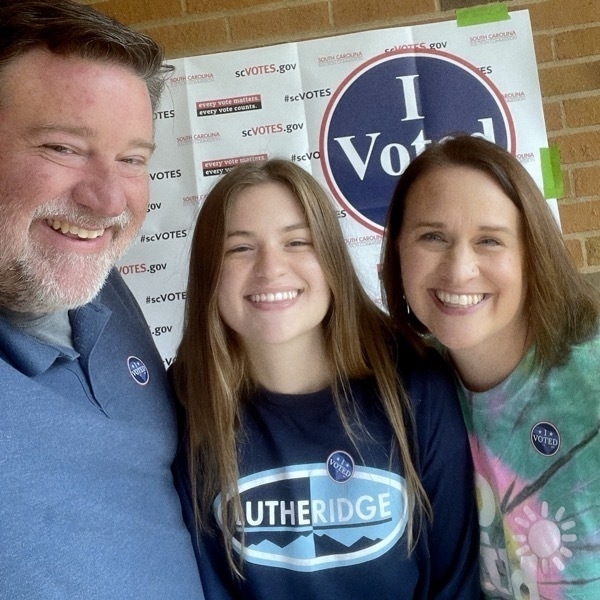In one of my early grad school classes, we had a conversation and some readings on parasocial relationships… mostly one-sided relationships you “build” with people that you watch on tv, listen to on the radio, or subscribe to their podcasts. We think we know these people. Maybe at some point we met them, but our real “relationship” is surface level. We might know their favorite athlete or actor, but have no idea what their spouse’s name is. We may know all about them, but they don’t actually know we exist.
(My grandmother had a very strong parasocial connection to the Augusta, Georgia NBC affiliate morning show hosts. She would tell me all about them when I visited, as though she knew them.)
Social media is a little different than local television celebrities. You can have interchanges and discussions, but the reality is that these are also incomplete. You can’t get to know...
